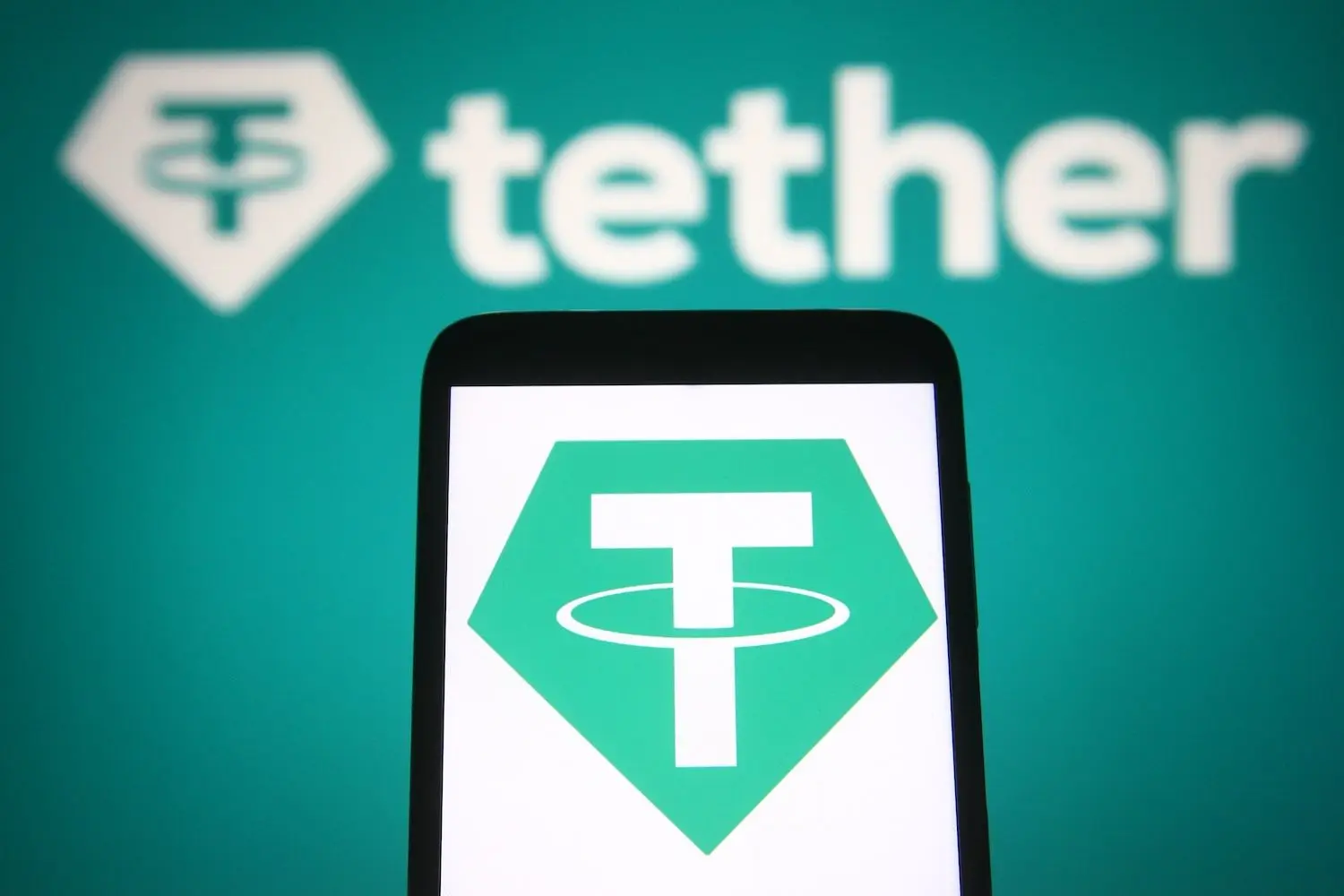Tether, the issuer behind the world's largest stablecoin USDT, has released its Wallet Development Kit as a fully open-source toolkit, marking a significant push toward decentralized financial infrastructure that extends beyond human users to autonomous AI agents and machines.
The WDK announcement, confirmed by CEO Paolo Ardoino on Oct. 14, positions the toolkit as a foundational layer for what the company envisions as "trillions of self-custodial wallets" operating across Bitcoin, Lightning Network, USDT, and multiple blockchain ecosystems.
The release comes as USDT's market capitalization has reached approximately $181 billion, capturing roughly 60% of the global stablecoin market, according to recent market data.
The total stablecoin market surpassed $300 billion in the third quarter of 2025, reflecting growing institutional and retail adoption of dollar-pegged digital assets.
Breaking Down the Wallet Development Kit
The WDK represents Tether's most ambitious infrastructure play to date. Unlike proprietary wallet frameworks that charge fees or lock developers into specific ecosystems, Tether's toolkit is completely free and designed to work across any platform - from embedded devices and smartphones to desktop systems and servers.
"We imagine a world where humans, autonomous machines, and AI agents have the freedom to control their own finances and transact without boundaries," Ardoino stated in materials accompanying the launch.
The toolkit includes modular software libraries and pre-built user interface components that developers can integrate into applications. A starter wallet template for iOS and Android demonstrates the system's capabilities, featuring non-custodial support, multiple backup options, and integrated DeFi functionality covering USDT, lending, and token swapping.
According to Tether's technical documentation, the WDK supports Bitcoin, the Lightning Network, USDT across multiple chains, gold-backed XAU₮, and the U.S.-focused USA₮ stablecoin. The framework is blockchain-agnostic, compatible with Ethereum, Arbitrum, Polygon, TON, Solana, and other networks through its USDT0 bridging technology.
AI Agents Enter Financial Autonomy
One of the WDK's most distinctive features is its explicit design for non-human users. Tether has positioned the toolkit as infrastructure for AI agents, robots, and autonomous systems that will need to manage financial resources independently.
This direction aligns with Tether's broader AI initiatives, including the development of Tether AI - a peer-to-peer runtime environment announced earlier this year. The company has framed these projects as part of a vision where programmable money functions as a social network, connecting people and machines in a decentralized financial web.
The WDK's peer-to-peer architecture, demonstrated at Tether's Plan ₿ Forum in Lugano, eliminates reliance on centralized servers or API keys. This structure allows AI systems to custody their own assets and execute transactions without human intervention or corporate oversight.
Market Context and Strategic Timing
The WDK's release follows a period of exceptional financial performance for Tether. The company reported $4.9 billion in profit for the second quarter of 2025, bringing its first-half total to $5.7 billion. Tether also holds over $127 billion in U.S. Treasury securities, positioning it among the largest institutional holders of U.S. government debt globally.
The timing coincides with intensifying competition in the stablecoin sector. While USDT maintains clear market leadership, newer entrants like Ethena's USDe have captured market share by offering yield-bearing features. PayPal's PYUSD has also shown rapid growth, expanding 135% year-to-date according to recent industry reports.
The combined market share of USDT and Circle's USDC has declined from over 90% to approximately 84% as competition intensifies, according to data from blockchain analytics platforms.
Developer Adoption and Real-World Applications
Early adopters of the WDK include Rumble, the video platform that received a $775 million investment from Tether. The company is building its Rumble Wallet on the WDK framework, demonstrating the toolkit's capacity for large-scale deployment.
The modular architecture allows developers to select specific components rather than implementing the entire framework. This flexibility reduces development time and technical barriers, potentially accelerating wallet creation across vertical sectors including decentralized finance, blockchain gaming, and Internet of Things applications.
For end users, the WDK abstracts technical complexities like gas fees, cross-chain bridging, and network selection. The toolkit handles these operations in the background while developers maintain full control over security implementations and user experience design.
Decentralization and Open-Source Philosophy
By releasing the WDK as open-source software, Tether invites global developer communities to audit, improve, and extend the codebase. This approach stands in contrast to closed, proprietary wallet systems where security vulnerabilities may remain hidden until exploitation.
The decision reflects Tether's stated commitment to financial sovereignty and resilience. Ardoino has framed the toolkit as infrastructure designed to withstand economic uncertainty, whether from market volatility, regulatory changes, or systemic failures in traditional finance.
"The future is unpredictable: chaos, instability, or prosperity - no one knows," Ardoino said in November 2024 when initially announcing the WDK project. "But we can build programmable, open, and resilient monetary systems that connect people, machines, robots, families, communities, AI agents, societies, and even planets."
Industry Implications
If the WDK gains significant developer adoption, it could reshape how stablecoins function within the broader cryptocurrency economy. Rather than existing primarily as trading instruments on centralized exchanges, stablecoins could become embedded financial rails within countless applications and autonomous systems.
The toolkit's support for multiple blockchains and assets positions USDT not just as a single token but as a multi-chain liquidity layer. This interoperability could strengthen Tether's network effects as more wallets, applications, and AI agents integrate USDT as their primary settlement currency.
However, the project faces challenges common to open-source initiatives. Developer adoption depends on documentation quality, technical support, and community building. Security remains paramount - any vulnerabilities in the WDK could affect all wallets built on the framework.
The stablecoin sector also faces evolving regulatory scrutiny. The U.S. has moved toward comprehensive stablecoin regulation through frameworks like the GENIUS Act, which could impact how companies like Tether operate in key markets.
As blockchain infrastructure matures, the WDK represents a bet that self-custodial finance will move from the margins to the mainstream - not just for humans, but for the autonomous digital entities that may define the next phase of economic activity.

